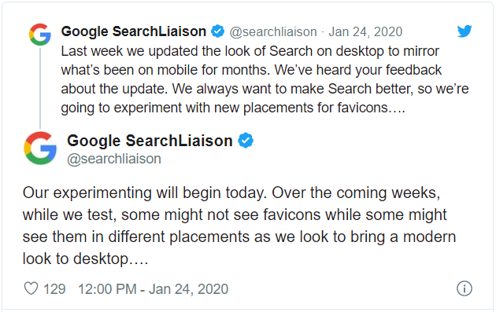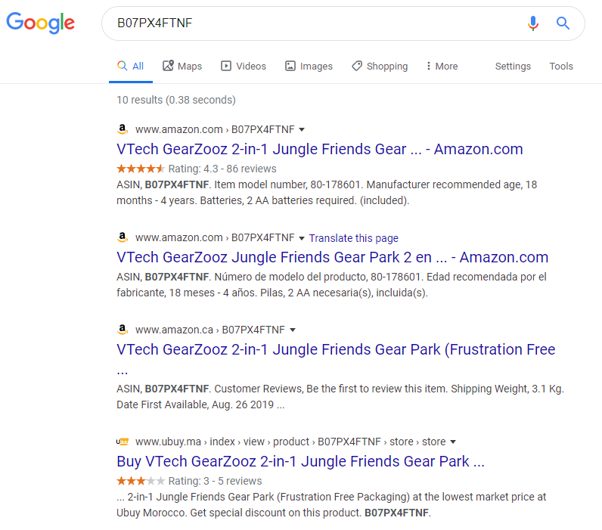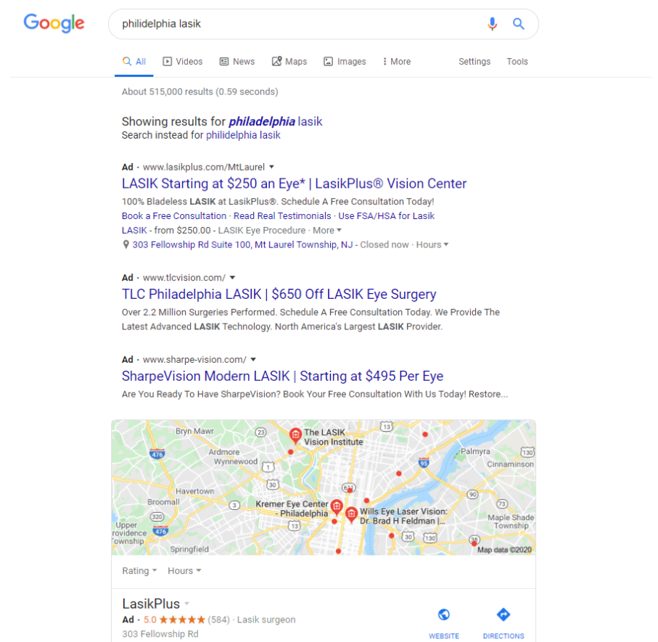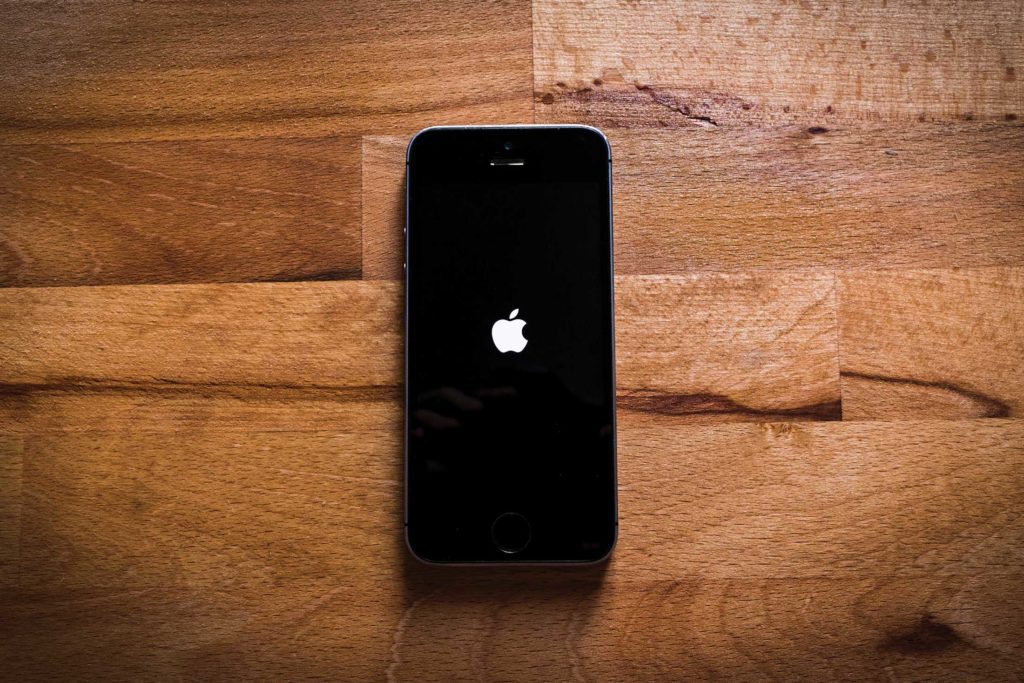This announcement came after Google received heavy backlash from a test rollout of its “favicon-focused” layout in desktop.

Google noted, “while we test, some might not see favicons while some might …”. The word some is used loosely in relation to Google, seeing as their user base is equivalent to most of the known world. Some in their case likely means millions of users. When they make a change to something like their SERP, it’s a bit difficult to make a clandestine, middle-of -the-night type of move. Regardless of when they do it, it ends up being seen – and commented on – by millions of users.
The team here at Empower noticed the new layout as early as January 15th, and initial reactions were similar to the confusion expressed by most users upon discovering the change. I won’t break my rule of quoting opinion-based tweets – especially ones from random search geeks – but let’s just say people were not pleased.

Google noted, “while we test, some might not see favicons while some might …”. The word some is used loosely in relation to Google, seeing as their user base is equivalent to most of the known world. Some in their case likely means millions of users. When they make a change to something like their SERP, it’s a bit difficult to make a clandestine, middle-of -the-night type of move. Regardless of when they do it, it ends up being seen – and commented on – by millions of users.
The team here at Empower noticed the new layout as early as January 15th, and initial reactions were similar to the confusion expressed by most users upon discovering the change. I won’t break my rule of quoting opinion-based tweets – especially ones from random search geeks – but let’s just say people were not pleased.
A Decade of Work Undone
The new layout – one of many apparently being tested – goes against Google’s modus operandi of the last decade or so. During this time, they have systematically made minute, almost imperceptible changes to the SERP. The main outcome of all these changes, it seemed, was to make their paid ads almost indistinguishable from their organic listings. Their thought process: the less likely people are to recognize something as an ad, the more likely they are to click on it. Paid ad revenue for Google – and the proliferation of paid search in general – over that same timeframe would seem to back that theory up.
Search Engine Land compiled an impressive graphic detailing the evolution of Google search ads.
- Pre-2010 these ads started out as easily identifiable outcasts sitting atop the SERP. Noted with a surrounding shading of either blue or green. This was back in the day when most people avoided clicking on paid search ads like the plague.
- Around 2011 paid ads moved more closely to colors that blended in with the Google SERP’s trademark stark white landscape. Thus beginning the slow progression of paid ads mimicking the look and feel of organic listings.
- In 2014, the shading completely disappeared. It still looks like an ad from character limitations of the time, but more closely resembles the body of an organic listing, with the slight distinction of the little, bright orange ad icon we’ve come to know and love added to the upper left corner.
- In 2016, the character limits, along with the number of available ad extensions, began to expand. The bright orange ad icon has been replaced by a green version – matching the color of the display URL within the ad.
- Just a few weeks ago, paid ads were almost indiscernible compared to organic ads. Perhaps the most noticeable change includes character limits stretching to paragraph levels (three headlines, two massive descriptions).
Then, come late January, they undo it all with a single test:

Will Testing Lead To A New Layout?
The perception that people don’t click on paid ads has mostly vanished. The growth of most advertisers’ – and especially agencies’ – search budgets can attest to this. But did the slow camouflaging process of paid ads help bring this change about? Google knew the numbers way back before the turn of the previous decade. Prior to 2010, search ads weren’t clicked on nearly as often as they are in 2020. One has to assume Google’s efforts to hide the fact that they were even paid ads to begin with aided this.
One can also question whether it was the public outcry – or the ever-so-small drop in overall click-through-rate – that led Google to pull the plug so quickly and declare it simply a test after doing so.
This won’t be the last of the changes, as Google has noted. Some users have recently reported seeing the “favicon SERP” return as Google noted it could in their most recent announcement. The question is, would Google go so far as to jeopardize both public sentiment and – potentially – investor confidence with such a change? We shall see.
Well, maybe only some of us will.







